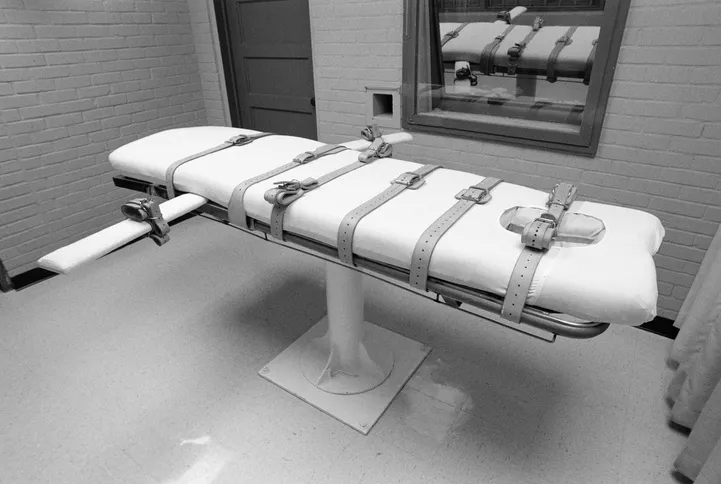Missouri Executed Marcellus Williams, Despite Evidence He Wasn’t Guilty
Share
Explore Our Galleries
Breaking News!
Today's news and culture by Black and other reporters in the Black and mainstream media.
Ways to Support ABHM?
By Joseph Williams, Word In Black
Throughout his decades on Death Row, Williams insisted he didn’t kill Felicia Gayle in 1998. Prosecutors believe he might have been telling the truth.

The Missouri chapter of the NAACP called it a “lynching.” His defense lawyers condemned it as a “grotesque” interpretation of justice, and the state’s community of criminal public defenders said that politicians in the so-called Show Me State “value finality over fairness” by insisting on killing an innocent man.
Even state prosecutors — who made national headlines after finding that Marcellus Williams, an inmate who had been on Death Row for nearly a quarter century, had been condemned to die on tainted evidence and flimsy testimony — told several judges and the state’s governor that Williams’ execution set for Sept. 24 must be stopped, in the name of justice.
Yet just before 6 p.m. Tuesday, after the U.S. Supreme Court rejected his 11th-hour appeal, Williams, 55, was strapped to a gurney and wheeled into the death chamber of Eastern Reception, Diagnostic and Correctional Center in Bonne Terre, Missouri.
There, before a select group of eyewitnesses, an anonymous executioner injected a lethal dose of chemicals into Williams’s veins. His breathing halted, Williams died within minutes.
Despite substantial doubt Williams might not be guilty, Gov. Mike Parson, a conservative Republican, said he hoped the execution would bring peace to the family of the victim, Felicia Gayle, 42. The case, Parson said, had dragged on since Williams’ 2001 trial, and every court he appealed to validated the outcome.
Read the full article here.
Learn more about the execution of death row inmate Marcellus Williams.
More Breaking News here.









Comments Are Welcome
Note: We moderate submissions in order to create a space for meaningful dialogue, a space where museum visitors – adults and youth –– can exchange informed, thoughtful, and relevant comments that add value to our exhibits.
Racial slurs, personal attacks, obscenity, profanity, and SHOUTING do not meet the above standard. Such comments are posted in the exhibit Hateful Speech. Commercial promotions, impersonations, and incoherent comments likewise fail to meet our goals, so will not be posted. Submissions longer than 120 words will be shortened.
See our full Comments Policy here.